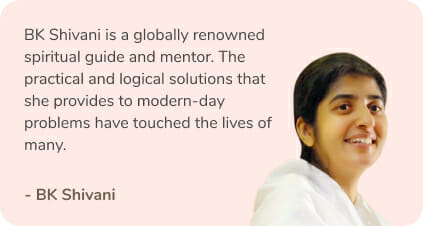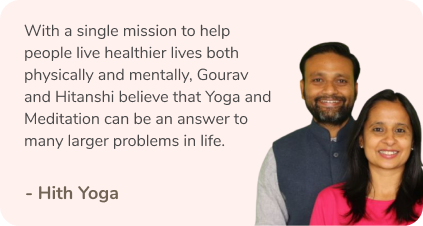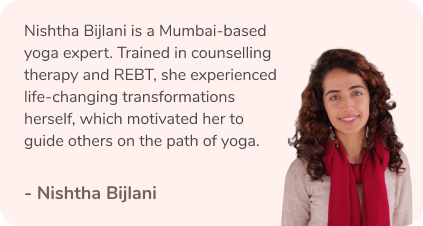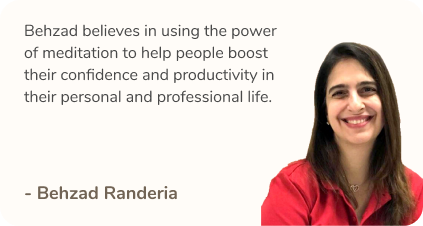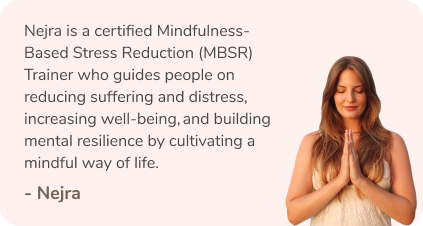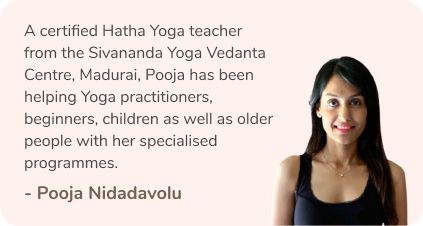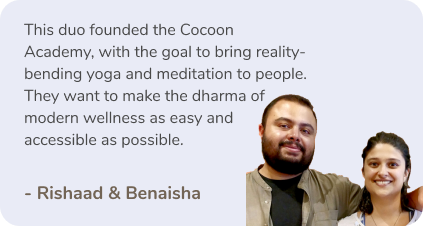Mindfulness is about paying attention to daily life and the things we typically rush through. It’s about turning down the volume in your mind by coming back to the body. Regular mindfulness practice is believed to help further psychological insight and emotional healing for people with anxiety and depression.
“Mindfulness has been consistently linked to psychosocial outcomes including higher life satisfaction, lower depression, dissociation, social anxiety, and better cognitive processes such as lower frequency of negative automatic thoughts,” says psychologist Leanne P.

Does It Help People with Anxiety and Depression?
“Mindfulness does help with anxiety and depression, primarily because it teaches us how to just be. It helps us be more accepting and self-compassionate. In mindfulness, the primary goal is to observe and accept rather than resist. The more you resist, the more it persists is what people say about thoughts and it does happen. It’s like observing thoughts as if they were leaves floating away on a stream and not letting yourself get attached or caught up in them,” explains Pune-based psychologist Salonee Abhyankar.

Mindfulness-Based Interventions for Anxiety and Depression
“At the core of many therapy processes lies mindfulness,” says Leanne. “But the interventions are very unique to each client, to be honest,” opines Salonee.
However there are a few broad interventions that can benefit just about anyone, they agree.
We’ve asked the two mental health experts to round up the best mindfulness activities you can incorporate into your daily routine and practice when you’re feeling overwhelmed.
1. Notice Physical Sensations While Doing a Task
In order to do so, it’s imperative to avoid multitasking and focus on one task at a time.
“Say if you are kneading dough, focus on the way the flour feels, what happens when the water flows in, the stickiness of it etc. If on a walk, notice your footsteps, crunching of the dry leaves, feeling the breeze on your skin, etc. Basically, it’s all about the general sense of being present,” she explains.
2. Mindfulness Meditation
Mindfulness is a form of meditation that urges practitioners to remain aware and present in the moment. Mindfulness meditation soothes our nervous system and helps with anxiety. “The more you focus on breathing mindfully and focusing on physical sensations, the more your parasympathetic nervous system kicks in,” Salonee said.
“However, for some clients suffering from depression, mindfulness can be overwhelming,” she added.
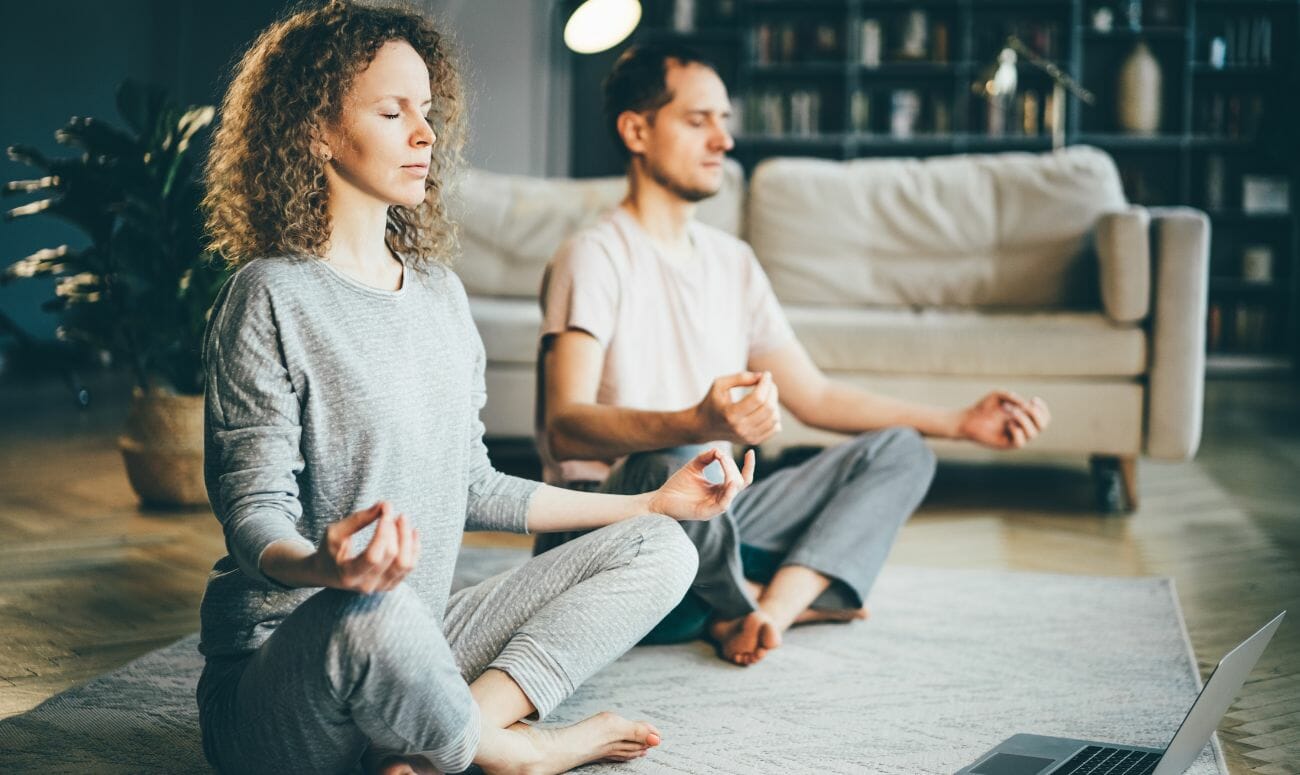
3. Act with Intention
Begin each day or task by reminding yourself of your intention behind starting it. Start with a simple question such as, “What are my intentions today?” or “How would I like to behave?”
Pointing yourself in the direction with some clarity and conviction can help cultivate the conditions for staying in touch with your intention and avoiding distractions. As you go through the day, take a moment to pause and reflect upon how each behavioural choice that you have made throughout the day and notice if it was guided by your intentions.
4. Body Scan Relaxation Exercise
“Body scan meditation is a practice in which you pay attention to sensations happening in your body,” explains Leanne. During a body scan, you mentally scan over every part of your body from your head to your toes. Sensations are anything that you feel and notice in the body, like tingling, cramping, tightness, heat, coolness, buzzing, pulsing, itching, throbbing or numbness.
“A body scan practice can help you notice what’s going on in your body and mind without having to hold on to sensations or feelings, allowing you to better let them go and run their course. This method improves awareness, reduces feelings of overwhelm and relaxes both your mind and body,” she adds.
5. Recreational Activities
Engage yourself in recreational activities of your choice. This could be something that you look forward to doing after the end of the day like colouring, painting, and singing among others.
If nothing comes to your mind, go for a walk. Being outside can do wonders for anxiety. Keep your phone in your pocket and do your best to stay in the moment by focusing on your senses and your surroundings. Start with a short stroll around your house and see how you feel.
6. Journaling
There is no right or wrong way to journal. From using the structured 5-Minute Journal to scribbling your thoughts on a random scrap of paper, the act of putting pen to paper can help soothe the mind and tame swirling thoughts. You could also consider starting a gratitude journal or simply jot down the five best things that happened in the day.
7. Mindful Breathing
Practicing mindfulness exercises begins with the breath. Anxiety and panic caused by unwanted or unpleasant thoughts can cause short, laboured breaths
Mindfulness breathing for anxiety can keep you from catastrophizing and allow you to focus on what’s happening now. Breathing exercises are something you can do anywhere, whether you’re at home, in the office, in a long line, or even while driving. There are several different breathing exercises for anxiety, which means you can find the method that you like and that works best for you.

These techniques help in several ways like calming the sympathetic nervous system, increasing the perception of control, and improving focus. Some breathing techniques that may work are focused breathing, Box breathing, and 4-8-4 breathing, among others.
Bottom Line
Every little bit of mindfulness helps. While happiness and joy may not be the immediate results of doing a mindfulness exercise, doing them regularly can help put an end to excessively ruminating on the past and worrying about the future. Hence, what matters most is that you stay e consistent with your mindfulness practice.
Try to take at least 10 minutes each day to check in with yourself and do the mindfulness exercise that you enjoy.
About the author:
Suhasini Jha is a Mumbai-based ex-journalist who has previously worked with Firstpost and Moneycontrol.
Read More: Durga Puja: How Two Countries Come Together To Honour A Shared Legacy
Like & Follow ThinkRight.me on Facebook, Instagram, Twitter, Pinterest and Telegram to stay connected
